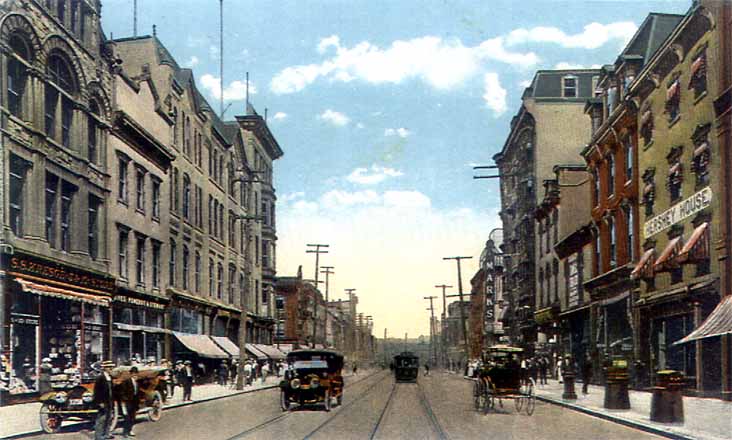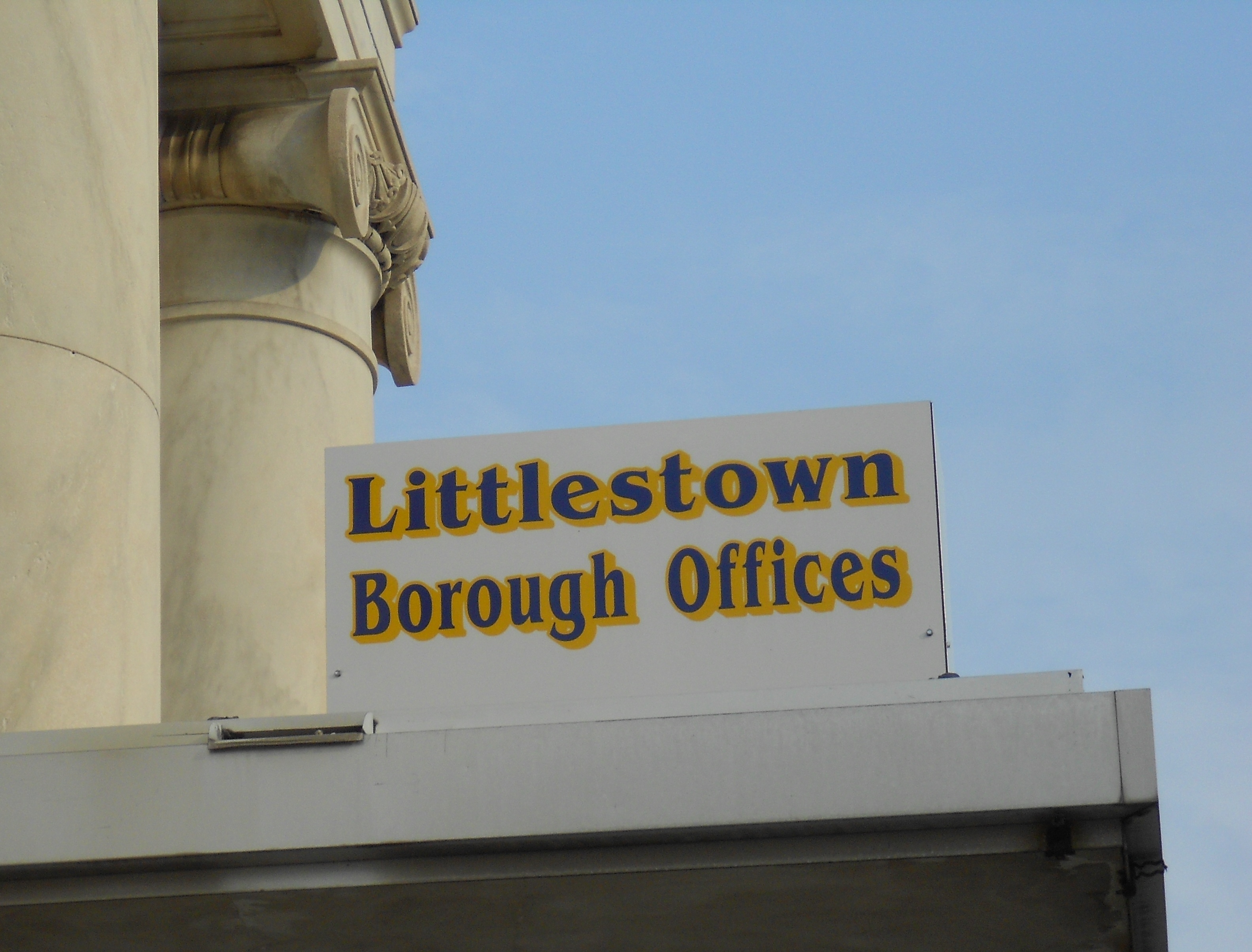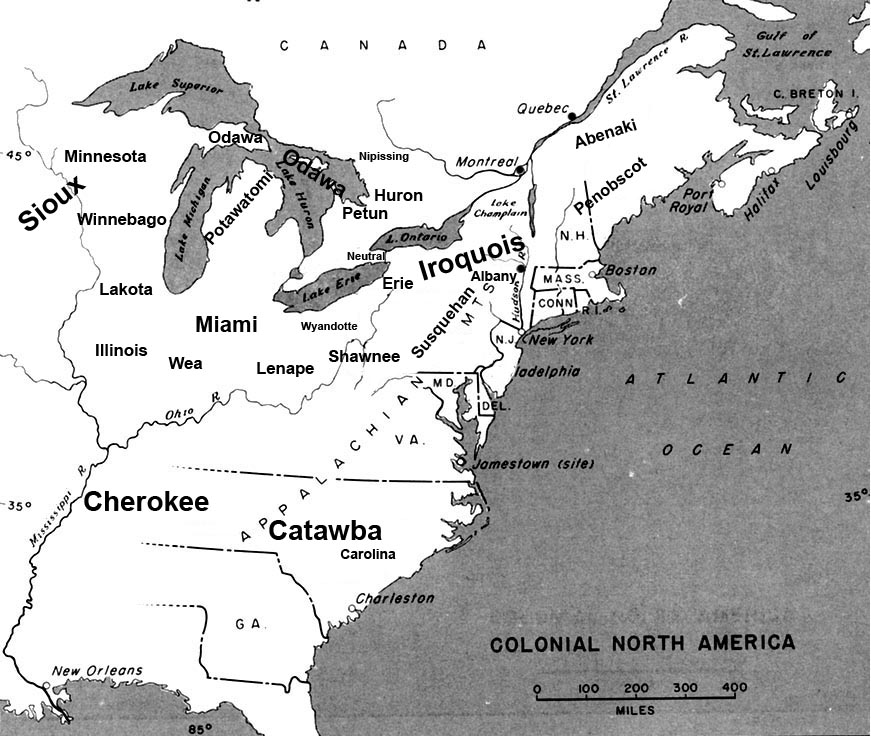|
Lebanon, Pennsylvania
Lebanon () is a city in and the county seat of Lebanon County, Pennsylvania, United States. The population was 26,814 at the 2020 census. Lebanon is located in the central part of the Lebanon Valley, east of Harrisburg and west of Reading. Lebanon was founded by George Steitz in 1740 and was originally named Steitztown. Lebanon is located southwest of Allentown, east of Harrisburg, and northwest of Philadelphia. History Native tribes in the area of what is now Lebanon included the Shawnee, Susquehannock, Gawanese, Lenape (or Delaware), and Nanticoke peoples.A Brief History of Lancaster County Web.archive.org (1999-02-03). Retrieved on 2013-07-27. [...More Info...] [...Related Items...] OR: [Wikipedia] [Google] [Baidu] |
List Of Counties In Pennsylvania
The following is a list of the 67 counties of the U.S. state of Pennsylvania. The city of Philadelphia is coterminous with Philadelphia County, the municipalities having been consolidated in 1854, and all remaining county government functions having been merged into the city after a 1951 referendum. Eight of the ten most populous counties are in the southeastern portion of the state, including four out of the top five, and eight of the top ten most populous counties are in either the Philadelphia or Pittsburgh Metropolitan Statistical Areas. FIPS code The Federal Information Processing Standard (FIPS) code, used by the United States government to uniquely identify counties, is provided with each entry. FIPS codes are five-digit numbers; for Pennsylvania the codes start with 42 and are completed with the three-digit county code. The FIPS code for each county in the table links to census data for the specific county. County list ... [...More Info...] [...Related Items...] OR: [Wikipedia] [Google] [Baidu] |
Harrisburg, Pennsylvania
Harrisburg is the capital city of the Commonwealth of Pennsylvania, United States, and the county seat of Dauphin County. With a population of 50,135 as of the 2021 census, Harrisburg is the 9th largest city and 15th largest municipality in Pennsylvania. Harrisburg is situated on the east bank of the Susquehanna River. It is the larger principal city of the Harrisburg–Carlisle metropolitan statistical area, also known as the Susquehanna Valley, which had a population of 591,712 as of 2020, making it the fourth most populous metropolitan area in Pennsylvania after the Philadelphia, Pittsburgh, and Lehigh Valley metropolitan areas. Harrisburg played a role in American history during the Westward Migration, the American Civil War, and the Industrial Revolution. During part of the 19th century, the building of the Pennsylvania Canal and later the Pennsylvania Railroad allowed Harrisburg to develop into one of the most industrialized cities in the Northeastern United Stat ... [...More Info...] [...Related Items...] OR: [Wikipedia] [Google] [Baidu] |
Ebro Foods
Ebro Foods, S.A. (; ), formerly Ebro Puleva, is a Spanish food processing company. Ebro Foods is the world's largest producer of rice and the second biggest producer of pasta (its Panzani brand is a market leader in France). The company's head office is in Madrid. History In 2005, Ebro Foods sold Catesa Foods for $37.9m. Catesa Foods specializes in tropical fruits, flowers, and ornamental plants on Tenerife Island. Ebro was previously the largest manufacturer of value-added dairy products in Spain, until it sold this business unit to Lactalis in March 2010 for €630 million. It also was Spain's largest sugar producer prior to the divestment of that division to the British Sugar subsidiary of Associated British Foods in 2009. Ebro Foods operates in 23 countries worldwide. International development Ebro Foods entered the U.S. market in 2004 when it acquired Houston-based Riviana Foods, which purchased American Rice in 2011 and now produces brands such as Mahatma, Succ ... [...More Info...] [...Related Items...] OR: [Wikipedia] [Google] [Baidu] |
Union Canal (Pennsylvania)
The Union Canal was a towpath canal that existed in southeastern Pennsylvania in the United States during the 19th century. First proposed in 1690 to connect Philadelphia with the Susquehanna River, it ran approximately 82 mi from Middletown on the Susquehanna below Harrisburg to Reading on the Schuylkill River. Construction began in 1792 during the George Washington Administration, but financial difficulties delayed its completion until 1828. Called the "Golden Link," it provided a critical early transportation route for shipping anthracite coal and lumber eastward to Philadelphia. Closed in the 1880s, remnants of the canal remain, most notably the Union Canal Tunnel, a hand-built engineering marvel that is the oldest existing transportation tunnel in the United States. The tunnel is a National Historic Landmark. William Penn's plan for a second settlement in Pennsylvania ''For a detailed discussion on the 18th century canal that was the predecessor to this canal see this ... [...More Info...] [...Related Items...] OR: [Wikipedia] [Google] [Baidu] |
Lebanon Bologna
Lebanon bologna is a type of cured, smoked, and fermented semidry beef sausage; it is not, in spite of its name, a pork-based bologna. Similar in appearance and texture to salami, it is somewhat darker in color, and is typically served as a cold cut or appetizer. Lebanon bologna has a distinct, tangy flavor, more so than other generally similar fermented meat products such as summer sausage. Hardwood smoking imparts a strong smokiness to the traditionally prepared versions of the product; increasingly, liquid smoke is used as a substitute for this costly time- and labor-intensive process. Origin Lebanon bologna was developed by the Pennsylvania Dutch of Lebanon County, Pennsylvania, prior to the 1780s and was a common item by the early 1800s, reflecting the slow-cured and smoked sausage traditions of Western Europe. Still produced primarily in that area, it is found in markets throughout the United States and typically served as a cold cut and as an appetizer. In ... [...More Info...] [...Related Items...] OR: [Wikipedia] [Google] [Baidu] |
Borough (Pennsylvania)
In the U.S. Commonwealth of Pennsylvania, a borough (sometimes spelled boro) is a self-governing municipal entity, equivalent to a town in most jurisdictions, usually smaller than a city, but with a similar population density in its residential areas. Sometimes thought of as "junior cities", boroughs generally have fewer powers and responsibilities than full-fledged cities. Description All municipalities in Pennsylvania are classified as either cities, boroughs, or townships. The only exception is the town of Bloomsburg, recognized by the state government as the only incorporated town in Pennsylvania. Boroughs tend to have more developed business districts and concentrations of public and commercial office buildings, including court houses. Boroughs are larger, less spacious, and more developed than the relatively rural townships, which often have the greater territory and even surround boroughs of a related or even the same name. There are 956 boroughs and 56 ci ... [...More Info...] [...Related Items...] OR: [Wikipedia] [Google] [Baidu] |
Central Square In Lebanon, Pennsylvania (1895)
Central is an adjective usually referring to being in the center of some place or (mathematical) object. Central may also refer to: Directions and generalised locations * Central Africa, a region in the centre of Africa continent, also known as Middle Africa * Central America, a region in the centre of America continent * Central Asia, a region in the centre of Eurasian continent * Central Australia, a region of the Australian continent * Central Belt, an area in the centre of Scotland * Central Europe, a region of the European continent * Central London, the centre of London * Central Region (other) * Central United States, a region of the United States of America Specific locations Countries * Central African Republic, a country in Africa States and provinces * Blue Nile (state) or Central, a state in Sudan * Central Department, Paraguay * Central Province (Kenya) * Central Province (Papua New Guinea) * Central Province (Solomon Islands) * Central Province, Sri La ... [...More Info...] [...Related Items...] OR: [Wikipedia] [Google] [Baidu] |
Nanticoke People
The Nanticoke people are a Native American Algonquian people, whose traditional homelands are in Chesapeake Bay and Delaware. Today they live in the Northeastern United States and Canada, especially Delaware; in Ontario; and in Oklahoma. The Nanticoke people consisted of several tribes: The Nanticoke proper (the subject of this article), the Choptank, the Assateague, the Piscataway, and the Doeg. History The Nanticoke people may have originated in Labrador, Canada, and migrated through the Great Lakes region and the Ohio Valley to the east, along with the Shawnee and Lenape peoples. In 1608, the Nanticoke came into European contact, with the arrival of British captain John Smith. They allied with the British and traded beaver pelts with them. They were located in today's Dorchester, Somerset and Wicomico counties. [...More Info...] [...Related Items...] OR: [Wikipedia] [Google] [Baidu] |
Lenape
The Lenape (, , or Lenape , del, Lënapeyok) also called the Leni Lenape, Lenni Lenape and Delaware people, are an indigenous peoples of the Northeastern Woodlands, who live in the United States and Canada. Their historical territory included present-day northeastern Delaware, New Jersey and eastern Pennsylvania along the Delaware River watershed, New York City, western Long Island, and the lower Hudson Valley. Today, Lenape people belong to the Delaware Nation and Delaware Tribe of Indians in Oklahoma; the Stockbridge–Munsee Community in Wisconsin; and the Munsee-Delaware Nation, Moravian of the Thames First Nation, and Delaware of Six Nations in Ontario. The Lenape have a matrilineal clan system and historically were matrilocal. During the last decades of the 18th century, most Lenape were removed from their homeland by expanding European colonies. The divisions and troubles of the American Revolutionary War and United States' independence pushed them farth ... [...More Info...] [...Related Items...] OR: [Wikipedia] [Google] [Baidu] |
Gawanese
The Piscataway or Piscatawa , are Native Americans. They spoke Algonquian Piscataway, a dialect of Nanticoke. One of their neighboring tribes, with whom they merged after a massive decline of population following two centuries of interactions with European settlers, called them the Conoy. Two major groups representing Piscataway descendants received state recognition as Native American tribes in 2012: the Piscataway Indian Nation and Tayac Territory and the Piscataway Conoy Tribe of Maryland. Within the latter group was included the Piscataway Conoy Confederacy and Sub-Tribes and the Cedarville Band of Piscataway Indians. All these groups are located in Southern Maryland. None are federally recognized. Name The Piscataway were recorded by the English (in days before uniform spelling) as the Pascatowies, Paschatoway, Pazaticans, Pascoticons, Paskattaway, Pascatacon, Piscattaway, and Puscattawy. They were also referred to by the names of their villages: Moyaonce, Accotick, or ... [...More Info...] [...Related Items...] OR: [Wikipedia] [Google] [Baidu] |
Susquehannock
The Susquehannock people, also called the Conestoga by some English settlers or Andastes were Iroquoian Native Americans who lived in areas adjacent to the Susquehanna River and its tributaries, ranging from its upper reaches in the southern part of what is now New York (near the lands of the Five Nations of the Iroquois Confederacy), through eastern and central Pennsylvania west of the Poconos and the upper Delaware River (near the lands of the Lenape), with lands extending beyond the mouth of the Susquehanna in Maryland along the west bank of the Potomac at the north end of the Chesapeake Bay. Evidence of their habitation has also been found in northern West Virginia and portions of southwestern Pennsylvania, which could be reached via the gaps of the Allegheny or several counties to the south, via the Cumberland Narrows pass which held the Nemacolin Trail. Both passes abutted their range and could be reached through connecting valleys from the West Branch Susquehan ... [...More Info...] [...Related Items...] OR: [Wikipedia] [Google] [Baidu] |
Shawnee
The Shawnee are an Algonquian-speaking indigenous people of the Northeastern Woodlands. In the 17th century they lived in Pennsylvania, and in the 18th century they were in Pennsylvania, Ohio, Indiana and Illinois, with some bands in Kentucky and Alabama. By the 19th century, they were forcibly removed to Missouri, Kansas, Texas, and ultimately Indian Territory, which became Oklahoma under the 1830 Indian Removal Act. Today, Shawnee people are enrolled in three federally recognized tribes, all headquartered in Oklahoma: the Absentee-Shawnee Tribe of Indians, Eastern Shawnee Tribe of Oklahoma, and Shawnee Tribe. Etymology Shawnee has also been written as Shaawanwaki, Ša·wano·ki, Shaawanowi lenaweeki, and Shawano. Algonquian languages have words similar to the archaic ''shawano'' (now: ''shaawanwa'') meaning "south". However, the stem ''šawa-'' does not mean "south" in Shawnee, but "moderate, warm (of weather)": See Charles F. Voegelin, "šawa (plus -ni, -te) MODERA ... [...More Info...] [...Related Items...] OR: [Wikipedia] [Google] [Baidu] |
.jpg)









